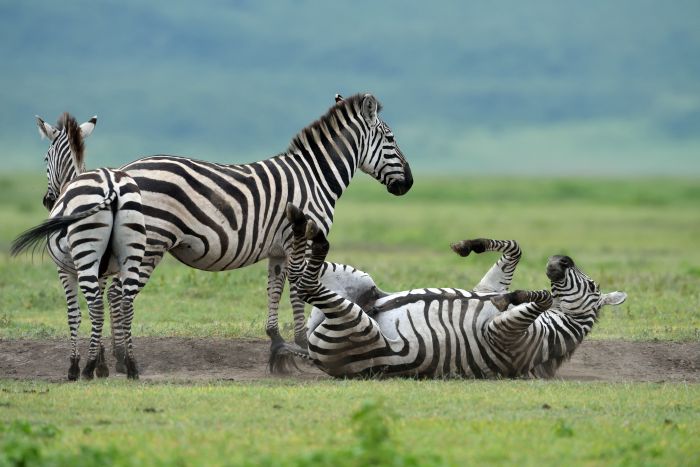Overview

Great Migration safaris to the Serengeti or Masai Mara must be one of the must-sees on any African safari. However, you need to plan when you want to visit, and where.
The annual migration of the big grazers of the African plains trampled all over the Serengeti–Mara ecosystem. Especially vast herds of wildebeest and zebra. The animals move according to the dictates of the seasonal rains. And they are untroubled by land-ownership or boundaries. Their territory centres on the Serengeti National Park in Tanzania and the Masai Mara in Kenya. This territory extends into wildlife buffer zones outside the parks where wild animals co-exist alongside the local Masaai and their cattle.
The great migration is a constant journey
Talk of 'peak season' and 'high season' gives the impression that there must also be an 'off-season' for the wildebeest migration. And indeed many do close during the long rains of April into May. But the migration is a constant pattern of movement.
The cycle of life begins in the sweet grass plains in the southern part of the Serengeti. This is where animals give birth between December and Marc. So the plains teem with game and well-fed predators. But as the dry season approaches, the herds must move north in search of water and better grazing. Between July and August many of them make the dangerous river crossings over the Grumeti and Mara rivers into the fresh green grasses of the Masai Mara. From August to October the greatest concentrations of animals are in the Masai Mara The they start returning southwards back into the Serengeti of Tanzania.

Below we outline various Wildebeest Migration safari tours for 2024 and 2025. But we can just as easily tailor-make something for you.
Main to the MAIN wildlife page
Get our Wildebeest Migration Guide
How the great migration of wildebeest and zebra moves month by month... Get our complimentary guide here
Milandi Joubert
AFRICAN TRAVEL SPECIALIST
















